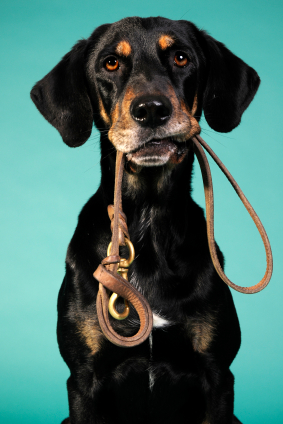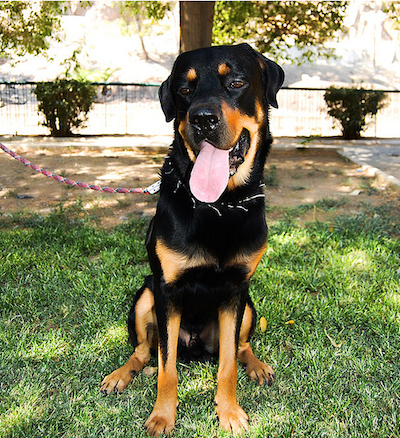 History
History
The Rottweiler is one of the oldest breeds of dogs still in existence today. Having its roots in the Middle Ages, when it was used mainly for herding, these dogs are said to have been brought over to Europe by the Romans during their invasion. Bred in the German town of Rottweil for their herding and guarding instincts, once the railroad became the method of transport for moving stock to the markets, the Rottweiler almost became extinct.
During the First World War the need for Rottweilers was on the rise, and they were bred once again for use as police, messenger and guard dogs.
Personality
Loyal and Protective
The Rottweiler is a big, strong dog with a natural instinct to guard and protect his family. He’s calm and loving, but if he suspects someone of attacking his loved ones he will not shy away from taking them on.
Self-Assured
While the Rottweiler may be a loyal, lovable companion he is also very independent and smart. You must create a bond with him while he’s young, so he knows you’re “leader of the pack.”
Alert
Rottweilers are calm and collected, and always know what’s going on around them. He may be quiet and not quick to jump or run when you might expect, but he’s an intelligent dog with a keen eye.
Clowns Around
Although he may be big, tough and smart, the Rottweiler does enjoy a good time with his family. He likes to play and is very loving.
Care
Easy Cleaning
His smooth coat is easy to clean with a brush and he only needs baths when absolutely necessary. He doesn’t shed much.
Take This Dog For a Swim
Rottweilers love exercise and cannot get enough of it. They absolutely need a good long walk or jog every single day. They love to play fetch, run fast, and even take a dip in the swimming pool. These dogs have lots of energy and need to get it out!
Formal Training
It is highly recommended that you start formal training with them at a young age. They aren’t inherently bad dogs (as sometimes depicted in the media) but it’s good to start training them as pups. By nature they are protective and territorial, and need a good leader.
Rottweilers are big, strong dogs that love clowning around and swimming. They may be protective and a little defensive at first, but all they want is a good family and a nice house to call home.
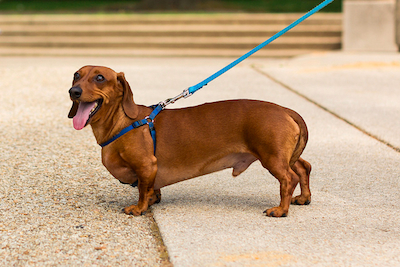
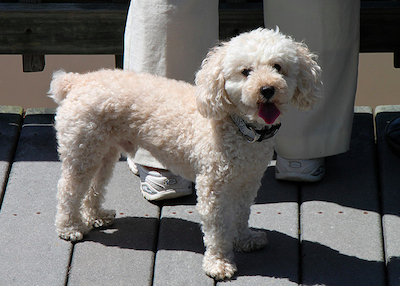
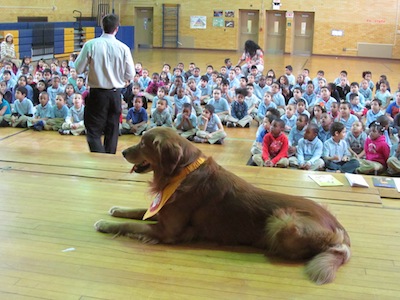
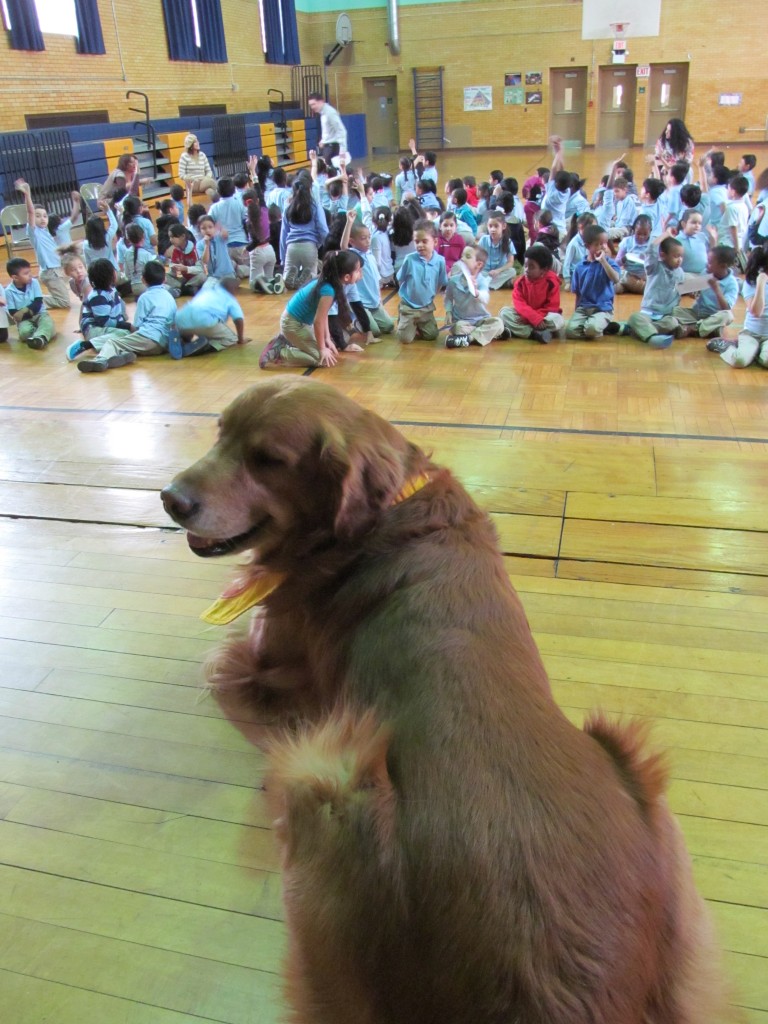
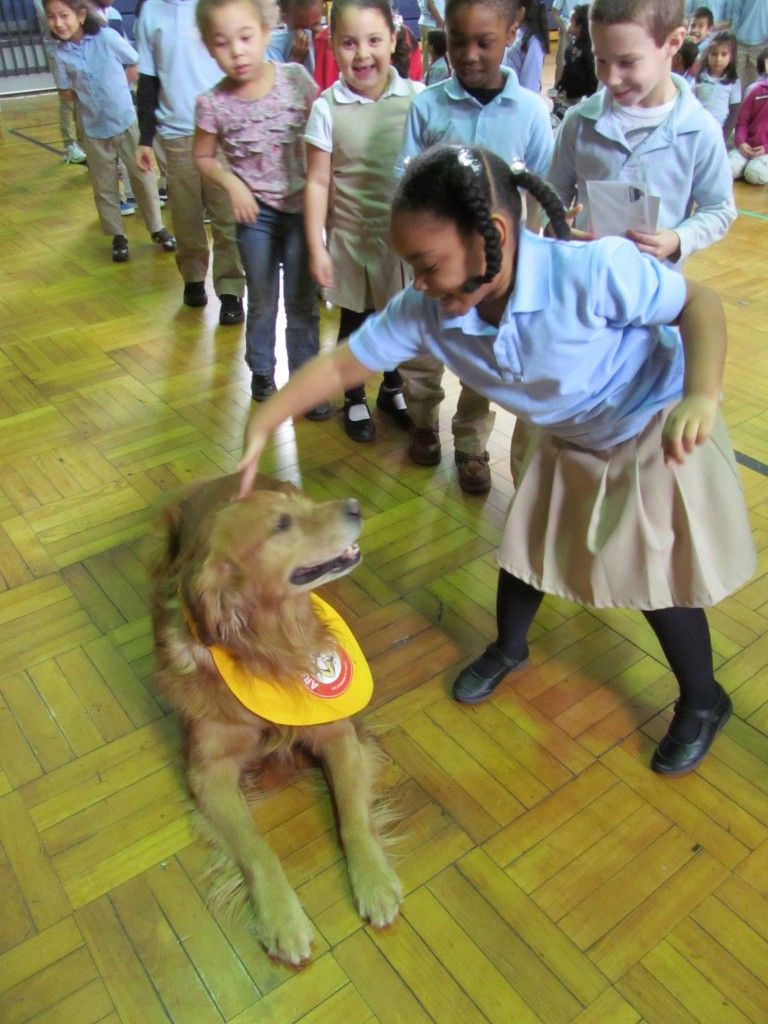
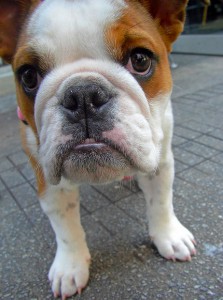 History
History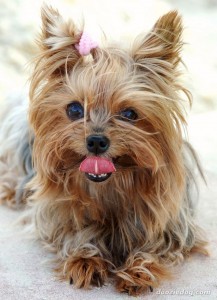 History
History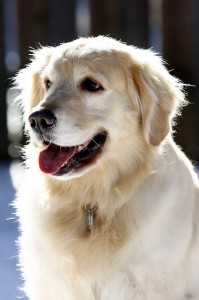 History
History